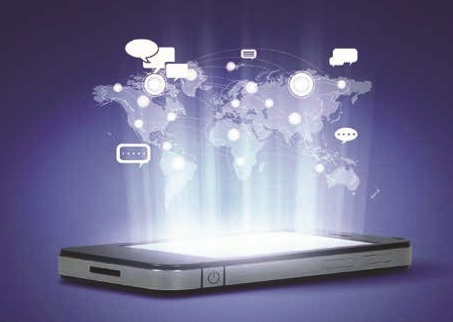Pavilion Publishing and Media Ltd
Blue Sky Offices Shoreham, 25 Cecil Pashley Way, Shoreham-by-Sea, West Sussex, BN43 5FF, UNITED KINGDOM
GP Harry Brown continues his exploration on the impact of digital technology on general practice with an overview on our changing methods of communication and the opportunities they present.
Dr Harry Brown GP Leeds

Multimedia
So far we have looked at voice and static image, but modern technology has brought the video call into mass usage. The best known is Skype (http:// www.skype.com/en/) which is free to use between Skype-enabled devices. The results can be very impressive, especially on a tablet device or smartphone, often through WiFi. Apart from enabling communications between GP teams, there is a golden opportunity to interact with patients who possess the technology. It is widely available to GPs, but they require the necessary bandwidth and webcams in their surgeries, which is not always the case.
Skype is not the only player in town; there are a wide variety of solutions offering similar services. One clever option I have used is Zoom (http://www. zoom.us/), which permits free (up to 40 minutes and limited to 25 people) video conferencing with a number of people joining in at the same time. It is easy to use; I have used it with my iPad with three other people in different locations and it worked a treat. This could be useful for virtual practice meetings or group online learning, where not everybody is in the one location at the same time. Even the paid for packages are not that expensive.
References
2) http://www.ncbi.nlm.nih.gov/pubmed/?term=skype Accessed 11-5-14
3) http://www.independent.co.uk/life-style/health- and-families/health-news/exclusive-david- camerons-50m-package-will-fund-bespoke-gp-services-for-elderly-patients-9256710.html Accessed 11-5-14
4) http://bits.blogs.nytimes.com/2014/04/05/i-had- a-nice-time-with-you-tonight-on-the-app/?_php=true&_type=blogs&ref=technology&smi d=tw-nytimes&_r=0 Accessed 11-5-14


